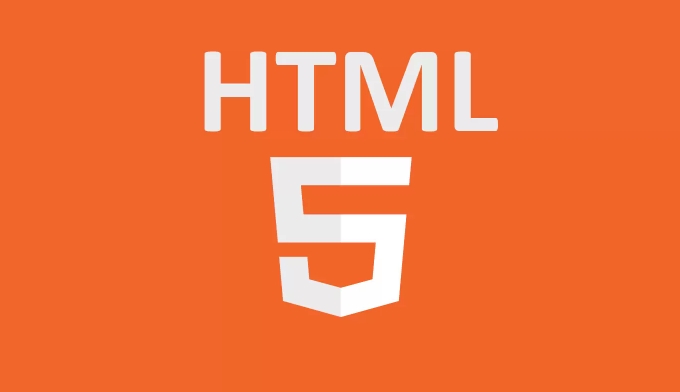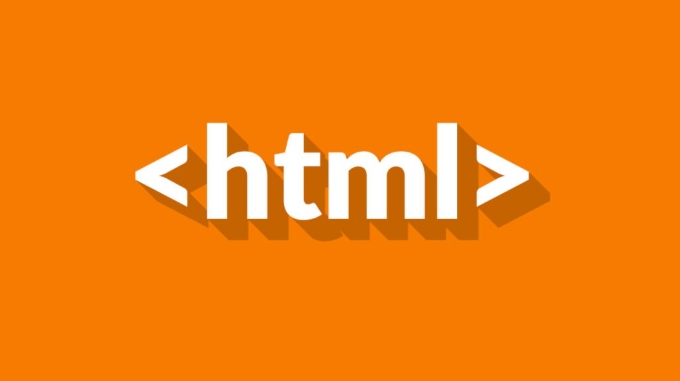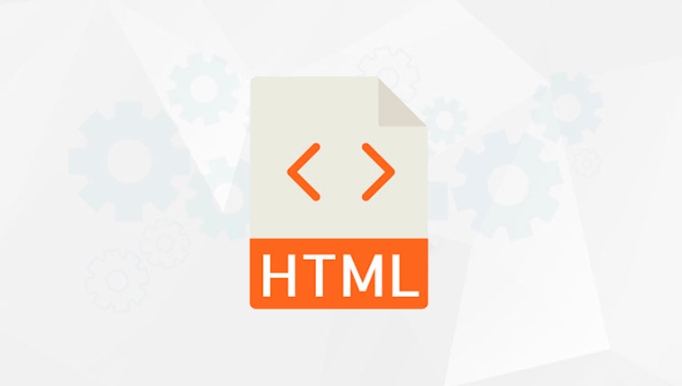There are several ways to center a div, depending on the centering direction and layout requirements. 1. Horizontal centering block-level div can use margin: 0 auto, but the width needs to be set and ensure that it is a block-level element; 2. Using Flexbox can achieve horizontal and vertical centering at the same time, and set container alignment through display: flex, justify-content and align-items; 3. Using CSS Grid to achieve full centering, simplifying code through place-items: center; 4. The classic positioning method is suitable for old browsers, using absolute positioning combined with transform: translate(-50%, -50%) to achieve full screen centering. The parent container needs to be non-static. Each method is suitable for different scenarios, and compatibility and layout complexity should be considered when choosing.

There are several common ways to get a div to center in a web page, depending on how you want it to center: horizontally center, vertically center, or both. The following are several practical and easy-to-understand implementation methods.

A block-level div is centered horizontally
If you just want to center a div horizontally (for example as the main body of the page), you can use margin: 0 auto :
.center-div {
width: 200px;
margin: 0 auto;
} The premise is that the div must be a block-level element (for example, if display: block is set or it is a block-level label such as div ), and must have a width. This method is simple and effective, suitable for fixed-width layouts.

Centering horizontally and vertically (modern recommended way)
If you want a div to be completely centered throughout the browser window, the most recommended way is to use the Flexbox layout:
.container {
display: flex;
justify-content: center;
align-items: center;
height: 100vh;
}The HTML structure is roughly like this:

<div class="container"> <div class="center-div">I'm centered</div> </div>
Flexbox allows easy control of alignment on spindles and cross-axis, suitable for responsive designs. And the code is concise and the logic is clear.
Centering with Grid
CSS Grid is also a good choice, especially when you are doing complex layouts:
.container {
display: grid;
place-items: center;
height: 100vh;
} This code is equivalent to setting justify-items and align-items to center at the same time. Grid is also very compatible in modern browsers and is very convenient to use.
Classic positioning method (applicable to old projects)
If you need to be compatible with some old browsers, or just want to implement it in the traditional way, you can use absolute positioning transform:
.center-div {
position: absolute;
left: 50%;
top: 50%;
transform: translate(-50%, -50%);
} This method does not require knowing the height or width of the parent container, and is ideal for full-screen centering. However, it should be noted that the parent container is best set to relative position ( position: relative ) or other non-static positioning, otherwise the absolute positioning will always find the closest positioning ancestor.
Basically these common methods are. Each method has applicable scenarios, you can choose according to your actual needs. Not complicated but details are easy to ignore. For example, forgetting to set the width or not correctly nested the structure will lead to failure to center.
The above is the detailed content of How to center a div in HTML?. For more information, please follow other related articles on the PHP Chinese website!

Hot AI Tools

Undress AI Tool
Undress images for free

Undresser.AI Undress
AI-powered app for creating realistic nude photos

AI Clothes Remover
Online AI tool for removing clothes from photos.

Clothoff.io
AI clothes remover

Video Face Swap
Swap faces in any video effortlessly with our completely free AI face swap tool!

Hot Article

Hot Tools

Notepad++7.3.1
Easy-to-use and free code editor

SublimeText3 Chinese version
Chinese version, very easy to use

Zend Studio 13.0.1
Powerful PHP integrated development environment

Dreamweaver CS6
Visual web development tools

SublimeText3 Mac version
God-level code editing software (SublimeText3)

Hot Topics
 How can CSS be used to implement dark mode theming on a website?
Jun 19, 2025 am 12:51 AM
How can CSS be used to implement dark mode theming on a website?
Jun 19, 2025 am 12:51 AM
ToimplementdarkmodeinCSSeffectively,useCSSvariablesforthemecolors,detectsystempreferenceswithprefers-color-scheme,addamanualtogglebutton,andhandleimagesandbackgroundsthoughtfully.1.DefineCSSvariablesforlightanddarkthemestomanagecolorsefficiently.2.Us
 Can you explain the difference between em, rem, px, and viewport units (vh, vw)?
Jun 19, 2025 am 12:51 AM
Can you explain the difference between em, rem, px, and viewport units (vh, vw)?
Jun 19, 2025 am 12:51 AM
The topic differencebetweenem, Rem, PX, andViewportunits (VH, VW) LiesintheirreFerencepoint: PXISFixedandbasedonpixelvalues, emissrelative EtothefontsizeFheelementoritsparent, Remisrelelatotherootfontsize, AndVH/VwarebaseDontheviewporttimensions.1.PXoffersprecis
 What are the key differences between inline, block, inline-block, and flex display values?
Jun 20, 2025 am 01:01 AM
What are the key differences between inline, block, inline-block, and flex display values?
Jun 20, 2025 am 01:01 AM
Choosing the correct display value in CSS is crucial because it controls the behavior of elements in the layout. 1.inline: Make elements flow like text, without occupying a single line, and cannot directly set width and height, suitable for elements in text, such as; 2.block: Make elements exclusively occupy one line and occupy all width, can set width and height and inner and outer margins, suitable for structured elements, such as; 3.inline-block: has both block characteristics and inline layout, can set size but still display in the same line, suitable for horizontal layouts that require consistent spacing; 4.flex: Modern layout mode, suitable for containers, easy to achieve alignment and distribution through justify-content, align-items and other attributes, yes
 What are CSS Houdini APIs, and how do they allow developers to extend CSS itself?
Jun 19, 2025 am 12:52 AM
What are CSS Houdini APIs, and how do they allow developers to extend CSS itself?
Jun 19, 2025 am 12:52 AM
CSSHoudini is a set of APIs that allow developers to directly manipulate and extend the browser's style processing flow through JavaScript. 1. PaintWorklet controls element drawing; 2. LayoutWorklet custom layout logic; 3. AnimationWorklet implements high-performance animation; 4. Parser&TypedOM efficiently operates CSS properties; 5. Properties&ValuesAPI registers custom properties; 6. FontMetricsAPI obtains font information. It allows developers to expand CSS in unprecedented ways, achieve effects such as wave backgrounds, and have good performance and flexibility
 What is the significance of Vue's reactivity transform (experimental, then removed) and its goals?
Jun 20, 2025 am 01:01 AM
What is the significance of Vue's reactivity transform (experimental, then removed) and its goals?
Jun 20, 2025 am 01:01 AM
ReactivitytransforminVue3aimedtosimplifyhandlingreactivedatabyautomaticallytrackingandmanagingreactivitywithoutrequiringmanualref()or.valueusage.Itsoughttoreduceboilerplateandimprovecodereadabilitybytreatingvariableslikeletandconstasautomaticallyreac
 How can CSS gradients (linear-gradient, radial-gradient) be used to create rich backgrounds?
Jun 21, 2025 am 01:05 AM
How can CSS gradients (linear-gradient, radial-gradient) be used to create rich backgrounds?
Jun 21, 2025 am 01:05 AM
CSSgradientsenhancebackgroundswithdepthandvisualappeal.1.Startwithlineargradientsforsmoothcolortransitionsalongaline,specifyingdirectionandcolorstops.2.Useradialgradientsforcirculareffects,adjustingshapeandcenterposition.3.Layermultiplegradientstocre
 What are the challenges and solutions for maintaining CSS in large-scale applications?
Jun 14, 2025 am 12:15 AM
What are the challenges and solutions for maintaining CSS in large-scale applications?
Jun 14, 2025 am 12:15 AM
The key to maintaining CSS for large applications is organizational structure, naming specifications, and tool assistance. First, adopt component management, split styles and implement local scopes to avoid conflicts; second, unify naming specifications such as BEM, SMACSS or namespace prefixes to improve maintainability; third, use PostCSS, stylelint and other tools to achieve automated processing and code quality control. Although these methods are not complicated, they require teamwork and continuous maintenance to be effectively implemented.
 How does provide and inject allow for deep component communication without prop drilling in Vue?
Jun 20, 2025 am 01:03 AM
How does provide and inject allow for deep component communication without prop drilling in Vue?
Jun 20, 2025 am 01:03 AM
In Vue, provide and inject are features for directly passing data across hierarchical components. The parent component provides data or methods through provide, and descendant components directly inject and use these data or methods through inject, without passing props layer by layer; 2. It is suitable for avoiding "propdrilling", such as passing global or shared data such as topics, user status, API services, etc.; 3. Note when using: non-responsive original values ??must be wrapped into responsive objects to achieve responsive updates, and should not be abused to avoid affecting maintainability.






